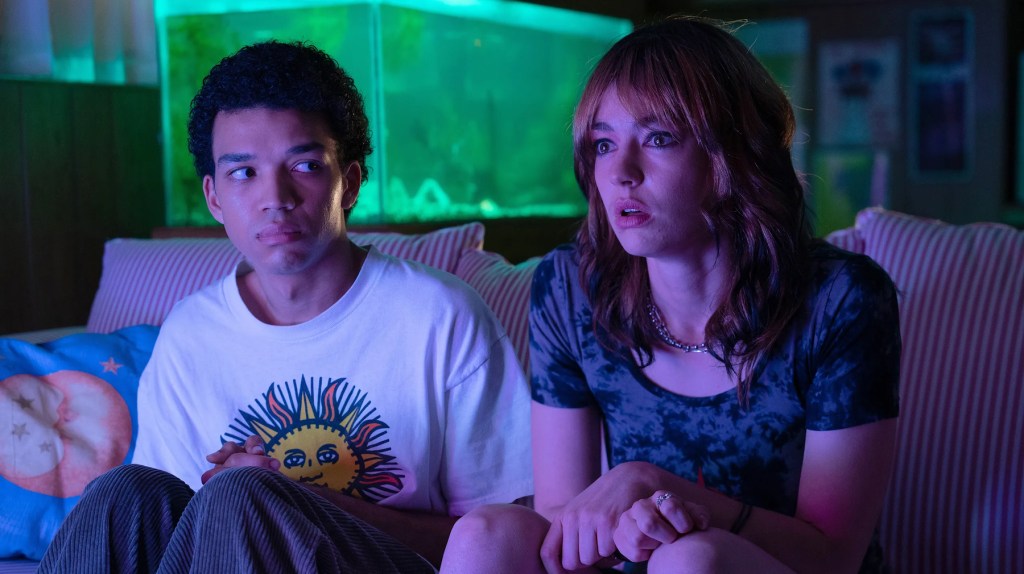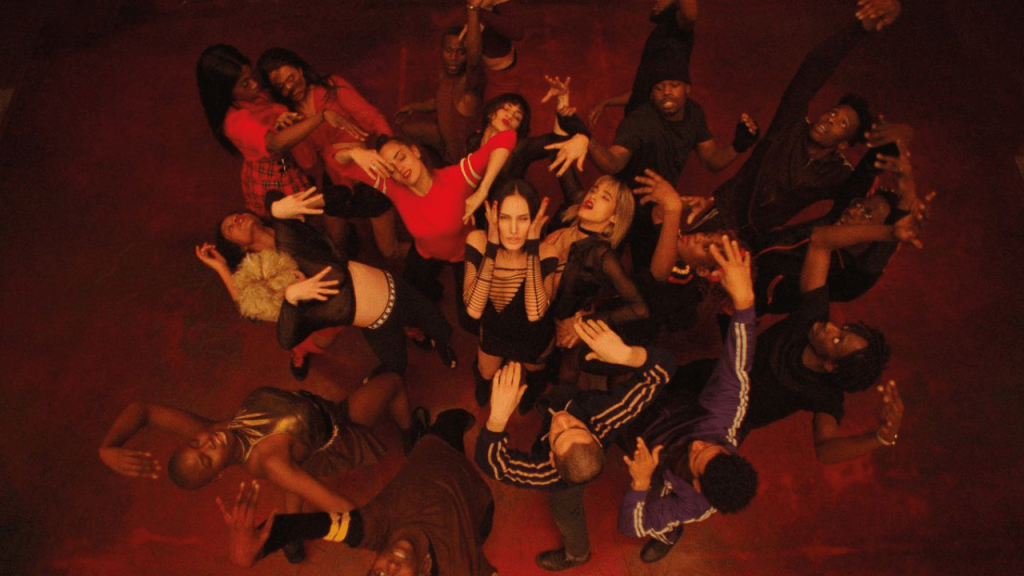Frankly, the crucial rejection of MaXXXine feels a bit according to the snobbery held in opposition to the style, with sure eras just like the Texas Chain Noticed Bloodbath-infused ‘70s aesthetic of X, or the Val Lewton psychological richness drawn on in Pearl, being given extra credit score than the glory days of the VCR. Be that as it could, MaXXXine recaptures that shallow glory with one other towering efficiency from Goth, and a chipper pacing that appears like a aid after the bleakness of the final two footage. The ending is pure Bruckheimer and Simpson fairy mud, and doubtless is why the movie is by far the bottom on this listing. However it’s nonetheless oh, so satisfying to look at Goth systematically dismantle and unman Mr. Footloose. – DC

18. It Comes at Night time (2017)
The precise nature, origin, and unfold of the grisly infectious illness that shreds society to items in It Comes at Night time isn’t deeply examined; the film isn’t fascinated about exploring the tip of the world on some epic scale. As a substitute the impact it has is on a really small, very frightened group of individuals–two households that embrace Joel Edgerton, Christopher Abbott, Riley Keough, and Carmen Ejogo amongst their dwindling ranks—who’re making an attempt their finest to remain alive and sane.
In that sense, the title of the film (and, to a level, the way in which it was marketed) is considerably deceptive. What comes at evening isn’t some rampaging horde of flesh-eating strolling corpses however slightly the chilly, insidious impact of concern, grief, and mistrust. These two invisible threats eat away at what’s left of our civilized selves. Director Trey Edward Shults (Waves) spares nothing and nobody on this grim fable; by the point it reaches its inconsolably bleak conclusion, the cumulative impact of this quiet, naked bones movie is devastating. – DK

17. I Noticed the TV Glow
We admit that it’s considerably debatable whether or not this one qualifies as a horror film within the strictest sense. What Jane Schoenbrun has created of their follow-up to We’re All Going to the World’s Truthful is an intensely private portrait of their very own childhood expertise of rising up within the ‘90s as a trans particular person, in addition to a common metaphor for what it’s wish to reside in an ever-darkening world of self-deception and despair. Nonetheless, it achieves that metaphor by way of some genuinely unsettling and unforgettable imagery.
Monitoring a pair of ‘90s children with a maybe too-unhealthy fixation on their favourite TV present—assume Are You Afraid of the Darkish? meets Buffy the Vampire Slayer—I Noticed the TV Glow turns into an oppressive expertise of what it’s wish to reside your life vicariously by way of fiction so as to ignore the actual disturbia inside and round you. Such is the case of Owen (Justice Smith), a younger man who’s about to find his actuality is each bit as surreal and twisted as his beloved horror-tinged TV collection. And when perceptions blur, a reality is uncovered that’s completely haunting. Attending to that actualization, nevertheless, does make TV Glow maybe a considerably staid and difficult sit—however a rewarding one for the extra affected person viewer. – DC

16. Climax (2018)
One might argue that each one of many 5 characteristic movies directed by Argentine filmmaker Gaspar Noe, together with such controversy-courting titles as I Stand Alone, Irreversible, and Enter the Void, has been a horror movie in a roundabout way. Noe’s films are sometimes full of nihilism, despair, and existential dread, with even the act of intercourse portrayed as an usually violent invasion as a substitute of an expression of affection.

